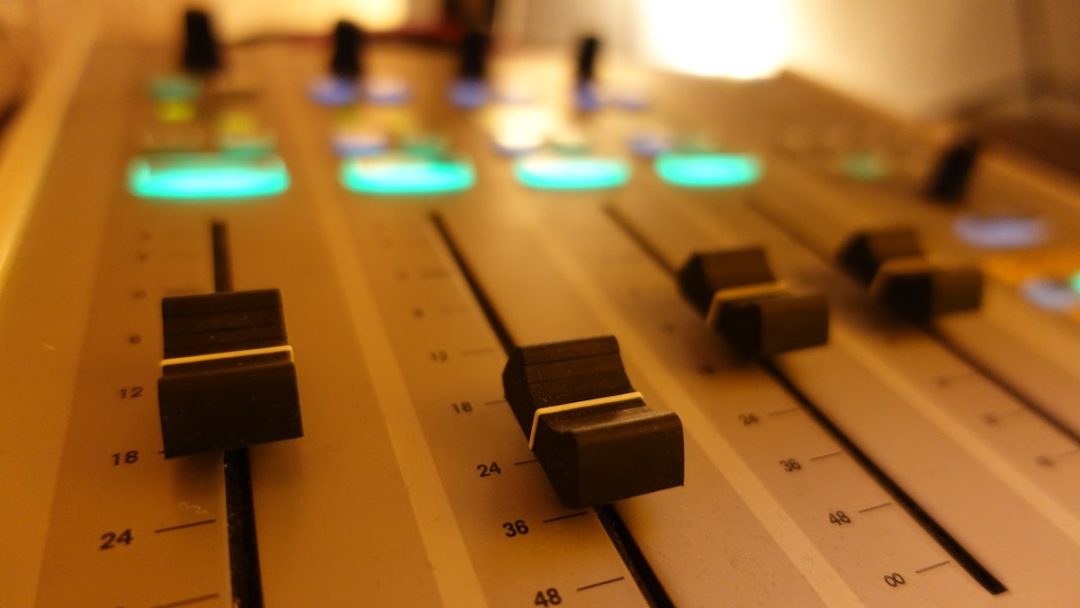With so many ways to measure loudness, you’re definitely not alone in wondering what the deal with LUFS vs dB is.
What Are LUFS?
LUFS stands for Loudness Units Full Scale. It provides a standardized means of measuring loudness. There are two primary readings which are useful when monitoring LUFS: short term and integrated.
Short term LUFS gives us a peak reading of the last three seconds of audio. Integrated LUFS gives us an average reading of the whole mix/master.
Though it’s not a flawless system, it’s currently the most accurate way we have to measure the loudness of material for film, TV, music streaming, radio, and broadcast. If you’re ever tasked with mixing or mastering to certain specifications, you’ll likely be given a target LUFS level to hit.
What Does a Loudness Meter Measure?
Loudness meters measure volume in various ways.
Peak meters provide highly accurate moment to moment levels—like the channel meters in our DAW. These are precise measurements that convey important information, but don’t necessarily tell the whole story.
True peak meters compensate for level changes in the D/A conversion process, and are thus even more accurate than regular peak meters. Without going on too much of a tangent, once audio leaves our DAW and is reconverted into an analog signal for playback, those reconstructions can actually peak higher than what our DAW is telling us.
Integrated meters, like LUFS or RMS, measure average levels, but don’t tell us exactly how loud a snare transient is, for example. All loudness meters measure volume; they just go about it differently, and each is quite useful on its own.
- SEE ALSO: What Is RMS and How Does It Differ from True Peak?
- SEE ALSO: The Loudness Penalty by Streaming Services
- SEE ALSO: 5 Best FREE VU Meter Plugins
Why Do We Use LUFS?
You might wonder, why do we need LUFS meters if we can pull an RMS reading from decades-old VU meters? It’s because LUFS takes into account perceived loudness based on the science of human hearing. In essence, an LUFS meter will run the audio through an EQ filter which mimics frequency-specific perception, as detailed by the Fletcher-Munson curves.
An LUFS reading manages to combine human perception with the “real” output for additional accuracy.
What Are Decibels?
A decibel is a logarithmic unit of measurement used to express the ratio of two values; it’s a universal unit across multiple contexts. I’m neither a mathematician nor a scientist, so I must refrain from attempting to explain concepts that are way over my head. For our purposes, decibels are simply a loudness unit!
What Do Decibels Measure?
The decibels we care about measure loudness, and they have a suffix to tell us exactly what we’re measuring; today, we’re looking at dBSPL and dBFS.
Decibel Sound Pressure Level refers to the loudness of acoustic energy, or actual sound—not signals. It’s the volume coming out of your speakers, the volume of your guitar amp, the ambient volume of your bedroom, etc.
The threshold of hearing is 0 dBSPL, and every subsequent measurement is a reference to that. That is, when we say a loud concert is 95 dB, we mean that it’s 95 dB louder than the quietest sound humans can hear. For further reference, a whisper is about 30 dBSPL, a regular conversation is about 60 dBSPL, and a gunshot is 120+ dBSPL.
In our DAW, the meters show us decibels referenced to full scale (dBFS)—signal levels. Digital audio’s ceiling is 0 dBFS, at which point positive values can cause clipping and artifacts. Using dBFS, we’re always dealing with negative values approaching 0. Decibels Full Scale are really all we care about when working in our DAW.
Why Do We Use dB?
Decibels referenced to full scale are the standard in digital recording systems and are broadly applicable throughout the entire recording and mixing process. They represent amplitude in digital systems with a fixed maximum value, which is 0 dBFS. In other words, we use dB because that’s just the way it is.
When to Use LUFS vs dB
You’re never going to not be using dB while you’re recording, mixing, arranging, mastering, and making music. You’re working in a DAW that defines decibels as part of its system.
LUFS usually factors in at the mastering stage. Using decibels during the mix process, you just want to keep everything below 0 with a bit of headroom for mastering. After that, during mastering, you’re limiting for loudness and are more concerned with how loud listeners perceive the track.
LUFS tells what we need to know, especially if we’re working to spec. For broadcast, -23 LUFS is recommenced, while anywhere between -9 and -13 LUFS works well for music streaming services.
Most specifically for music, the bottom line is this: mix and master to yours and your clients’ tastes. Don’t be afraid of being “normalized” by a streaming service if your LUFS reading is too hot or too cold!
Finally, when it comes to LUFS vs dB, the answer is simply, “both”!
